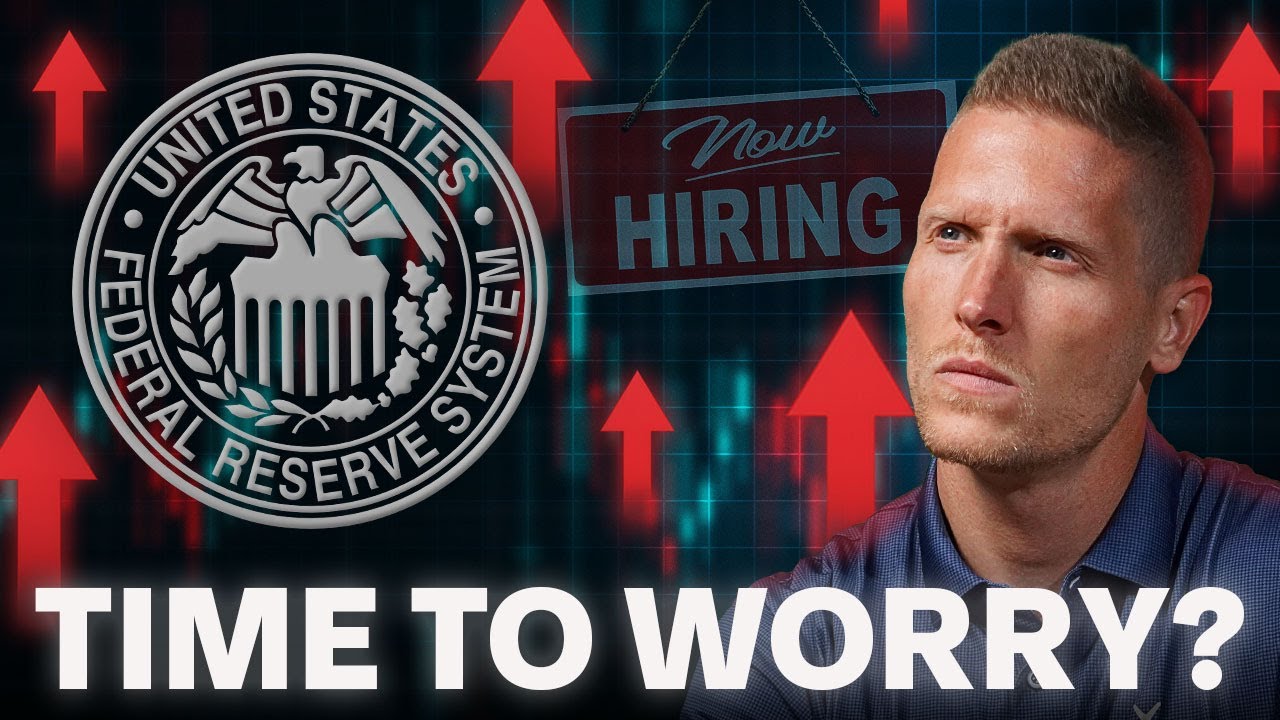Jake has a question. Jake asks, "Should each step of the
FOO be hyper-focused? For example, can you split your money between steps four and five? Or should you just hyper-focus on four and then hyper-focus on five? Is there ever a time where you're kind of in between the steps? What do you think?"
Yes, yes, but you have to know which steps it's okay to hyper-focus on, and that's what I mean. Step four, fully funded emergency reserves, it's not uncommon for some of us to have emergencies happen, and so we have to tap into that. By the way, you want to show them the thing. If you don't know, my audio listeners have told me, now they get it. When they hear that sound effect, they know that I'm talking about the
financial order. So you can go to moneyguide.com/resources and download your free deliverable. Step four is a fully funded emergency fund. It's not uncommon for emergencies to happen, and we have to dip into that. So one of the things we naturally have to do is begin to build that back up. Now, the question is, do I put all of my other steps, you know, step five, step six, step seven on hold in order to fully build that emergency fund? And it may depend. If you're someone who needs six months of an emergency fund and now you've come down to four and a half months, perhaps it's okay if you do them in tandem – you build back up your emergency reserves while you're still doing step five and while you're still doing step six. So I would argue that is an okay split step. However, if you're someone who's in step five, and you're focused on that tax-free bucket – you have those Roth assets and you have those HSA assets – I am of the opinion that makes us hyper-focus. Like those dollars are so, so, so valuable. We really want to see you max out step five before you start going to step six to start maxing out the employer-sponsored retirement plan. If you have high-interest debt, if you have debt that's up there, 17, 18, 19, 20% that you're paying on credit cards – oh, you got to get that stuff gone. You got to get rid of that. So that's like a hyper-focused step. So I would argue, Brian, you have to know which step you're on and which ones warrant hyper-focus versus which ones provide a little bit of latitude. Well, I mean, look, you know we don't really disagree, but I want to clarify because I think we're... Jake, you know, and look, like I talked about a few weeks ago, we have lots of Jakes that love the Q&A show, so I'm not sure which Jake we're talking to, but we have a lot of Jakes that are in there hanging out with us all the time.
I think he's got you a little bit because you used the word "hyper-focus," and that makes you think that you've got to have all your senses engaged in thinking about this, and that puts you in a point where I think the energy is being drawn to the words "hyper-focus." Whereas I would encourage you, when you're thinking about the
financial order of operations, I'll do it a little more elegantly – I'm going to put a little wave into it – but it's one of those things where it is designed as a graduation point. You look at step one, deductibles covered. You've got to get your highest deductible covered. Once you get to that, now let's move to getting that free money from your employer. After you get the free money, it's crazy to keep funding your 401(k) beyond the free money from your employer because that's a 50 to 100% guaranteed rate of return. But we've got to make sure we get to step three and pay off the credit card that's probably charging you 25%. You're not making 25% on your money except for the free money from your employer, so we've got to graduate from that to get to step four.
Now you do bring up a great point, and I think it's great that you focused on step four, emergency reserves. I wouldn't want anybody to go beyond step four until they get to at least three months. But I think there is some gray zone for once you go from three to six months and you're – because I do that with my own personal life too – is that I will say, "I'm feeling a little uncertainty in the world right now. I'm going to make sure that I have a little extra cash saved up." I think you could have some seepage between four and five because you've already checked the box on four, but you have some gray zone on if you're going to expand that beyond three months, now you're going to six months or whatever. But these are set up to be graduation points. My biggest thing is when I was designing
the financial order of operations, I wanted to make sure that you're thinking about your wealth-building process – how much of this can you automate to make it automatic wealth creation. That's kind of why I wanted you to compartmentalize and think through those things. I think it's great to think about hyper-focus, but I worry about the sustainability of hyper-focus. I think if I was in credit card debt, yeah, I want you to be hyper-focused, but with the other stuff, I want you to feel like it's a process, it's a system because hyper-focus gives me stress. It makes me feel like chaos, and I'm telling you,
the financial order of operations is the exact opposite of chaos. This is supposed to flow like water, and because it flows like water, you don't have to be so stressed out about it. You can just set it and forget it and create your wealth, and you will be better for it.













